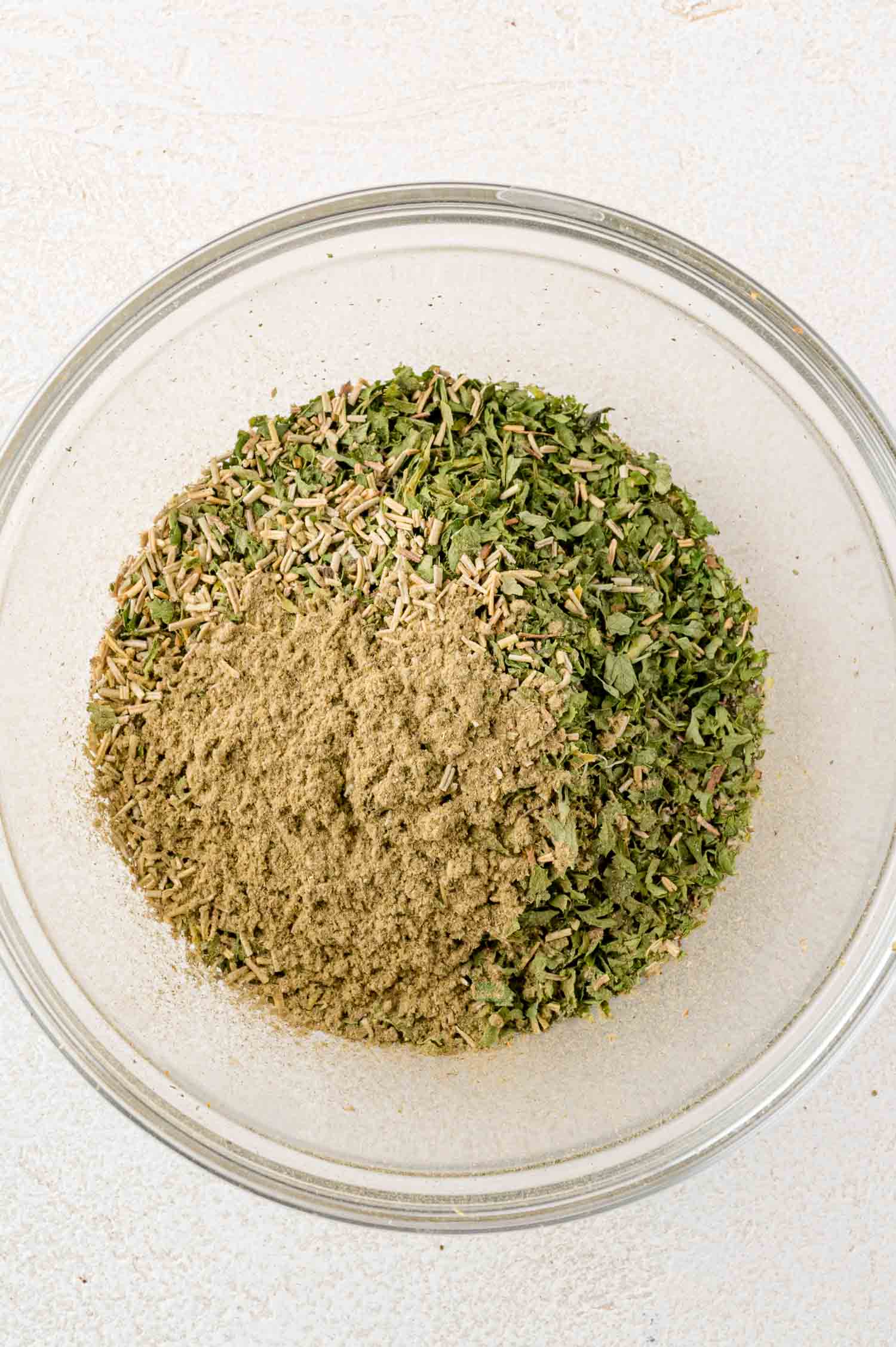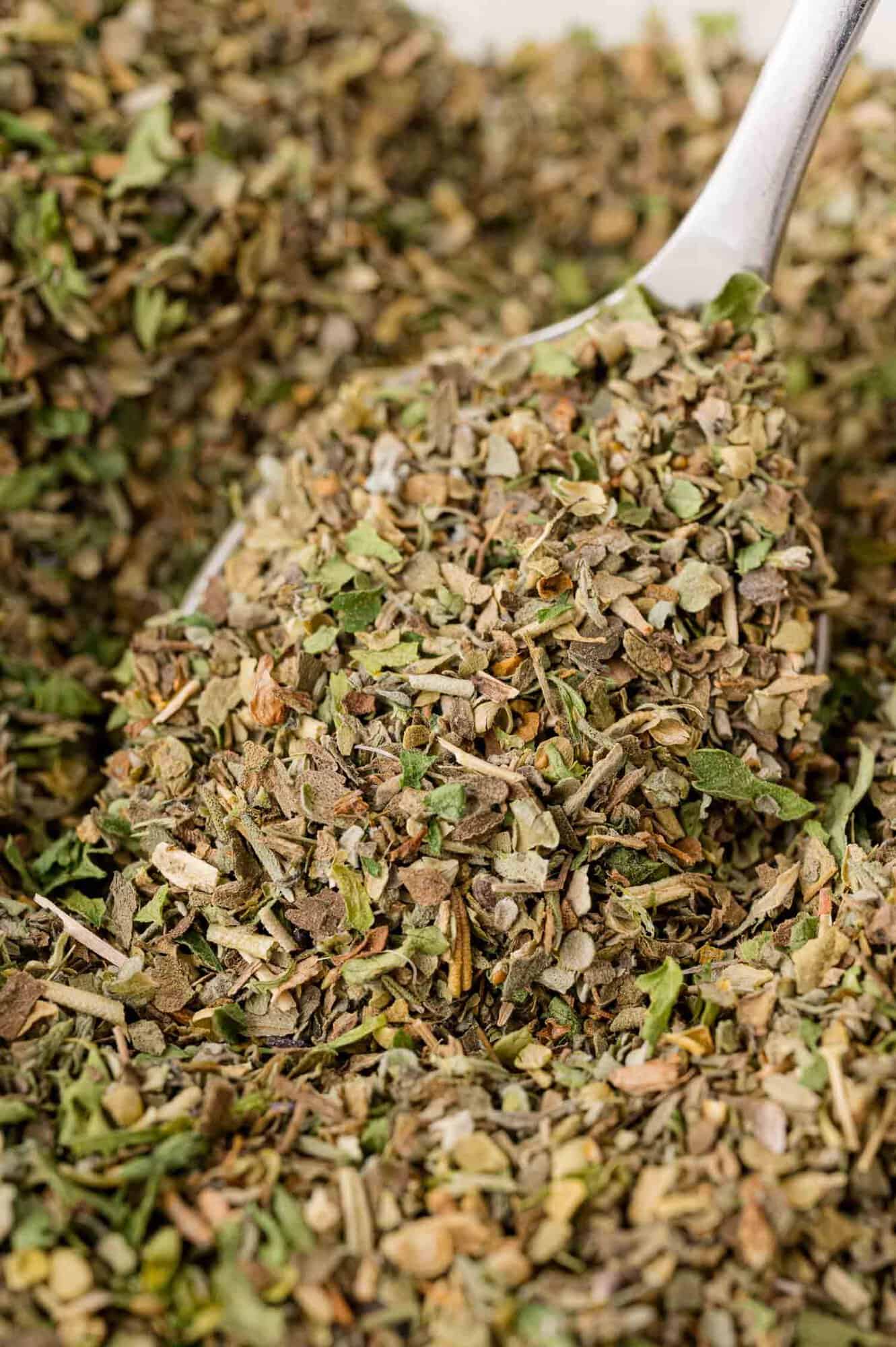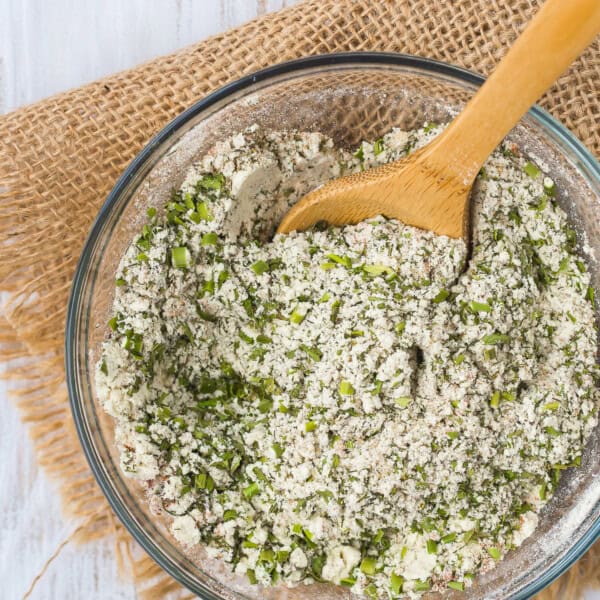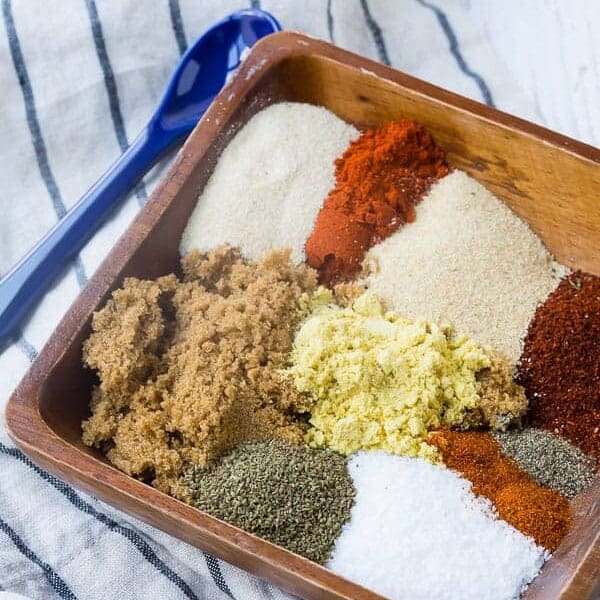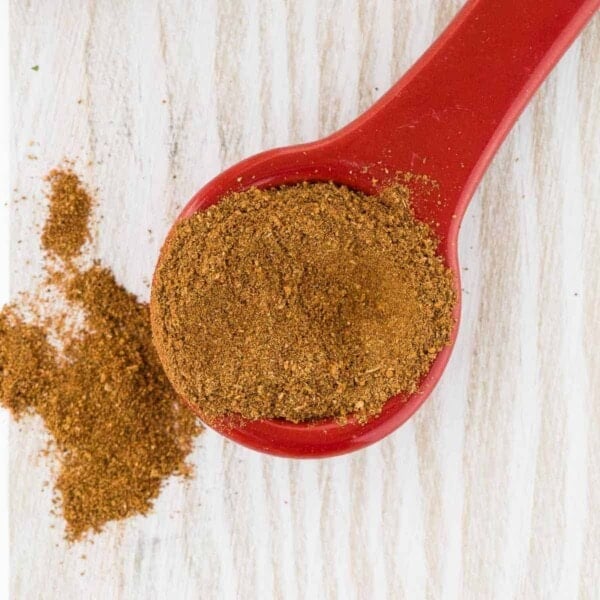How long it takes: 5 minutes Equipment you’ll need: jar or other storage container Servings: about ⅔ cup As the name suggests, it has all those flavors that are common in Italian cuisine, but it’s good for so much more than pasta—it’s great in bread dipping oil, as an all-purpose seasoning for baked or air fryer chicken breasts, and whisked into vinaigrettes. This Italian seasoning recipe is better than store-bought because you know exactly what’s in it and it’s easy to make more using the herbs and spices in your pantry. Now you’ll never be without Italian seasoning when you stumble upon it in a recipe!
Homemade Italian Seasoning
Customizable. When you DIY it, you can make your own blend customized to your tastes and preferences. Not a fan of oregano? Use less! Want to add onion powder for some extra savoriness? Throw it in! Unending supply. You’ll never run out of Italian seasoning when you can make it yourself. Plus, making it at home is more economical especially if you have the herbs already in your pantry. Great for gifting. I love making seasoning blends for homemade holiday gifts. Jars of all purpose seasoning, Cajun seasoning, and this Italian seasoning recipe all tucked in a cute box or gift basket would be excellent for home cooks!
Ingredient Notes
Oregano: Oregano is spicy and pungent, with a flavor that’s almost a little bit minty. Basil: Basil is a heavy-hitter in Italian cooking (and this Italian seasoning recipe!), and dried basil is sweet and just a little bit spicy. Thyme: Earthy thyme is a favorite throughout the Mediterranean. Marjoram: Similar in flavor to oregano, marjoram has a bit less bite and a bit more complexity. Parsley: This mild-flavored herb is a classic addition for an herbaceous “green” flavor. Crushed rosemary: Like thyme, rosemary is known for its earthy, woodsy vibes but its pine-like notes set it apart. Crushed rosemary is more finely textured than whole rosemary leaf but is not the same as ground rosemary which has a powdery texture. Rubbed sage: Sage contains camphor, giving it hints of eucalyptus and mint, but the dominant flavor is earthy and woodsy. You can buy dried sage leaves in two different forms: rubbed or ground. Rubbed sage is less intense in flavor than ground sage and is preferable for this Italian seasoning recipe. Optional: I like to add garlic powder and/or onion powder for savoriness but it’s optional. If you like a bit of spicy heat, add dried red pepper flakes.
How to Make Italian Seasoning
Combine. Add all the ingredients to a small bowl or jar. Mix. Stir everything together or seal the jar and give it a good shake.
How to Use Italian Seasoning
Having a jar of this Italian seasoning in your pantry will add flavor to so many recipes. Here are some ways to use it:
In recipes that call for Italian seasoning. I love it in balsamic marinade (that one is a reader fave!), pizza chicken tenders, and mini meatloaf sheet pan dinner. You can amp up the flavor of canned spaghetti sauce by simply adding a teaspoon of Italian seasoning. It can be used as a shortcut to make restaurant-style bread dipping oil. For croutons and breadcrumbs. It’s a great way to dress up homemade croutons and air fryer croutons. Make your own seasoned bread crumbs by adding Italian seasoning to homemade bread crumbs. To make compound butter. Work it into softened butter to give it an upgrade. This butter is excellent for sautéing vegetables and spreading onto crusty bread. For seasoning meats and vegetables. I especially love Italian seasoning with sautéed zucchini and air fryer chicken thighs. Add to marinades and vinaigrettes. If you’re making an Italian marinade, use Italian seasoning. It’s so easy! Add it to my red wine vinaigrette recipe or use it as a shortcut when making homemade Italian dressing or creamy Italian dressing.
Storage
Store this homemade Italian seasoning recipe in a jar or airtight container in the pantry or another location away from heat, light, and moisture. It will last for up to a year; while dried herbs and spices don’t “spoil,” they will lose their flavor over time. If you open up the jar and it’s no longer aromatic or the green color of the herbs has faded, it’s time to mix up a new batch.




